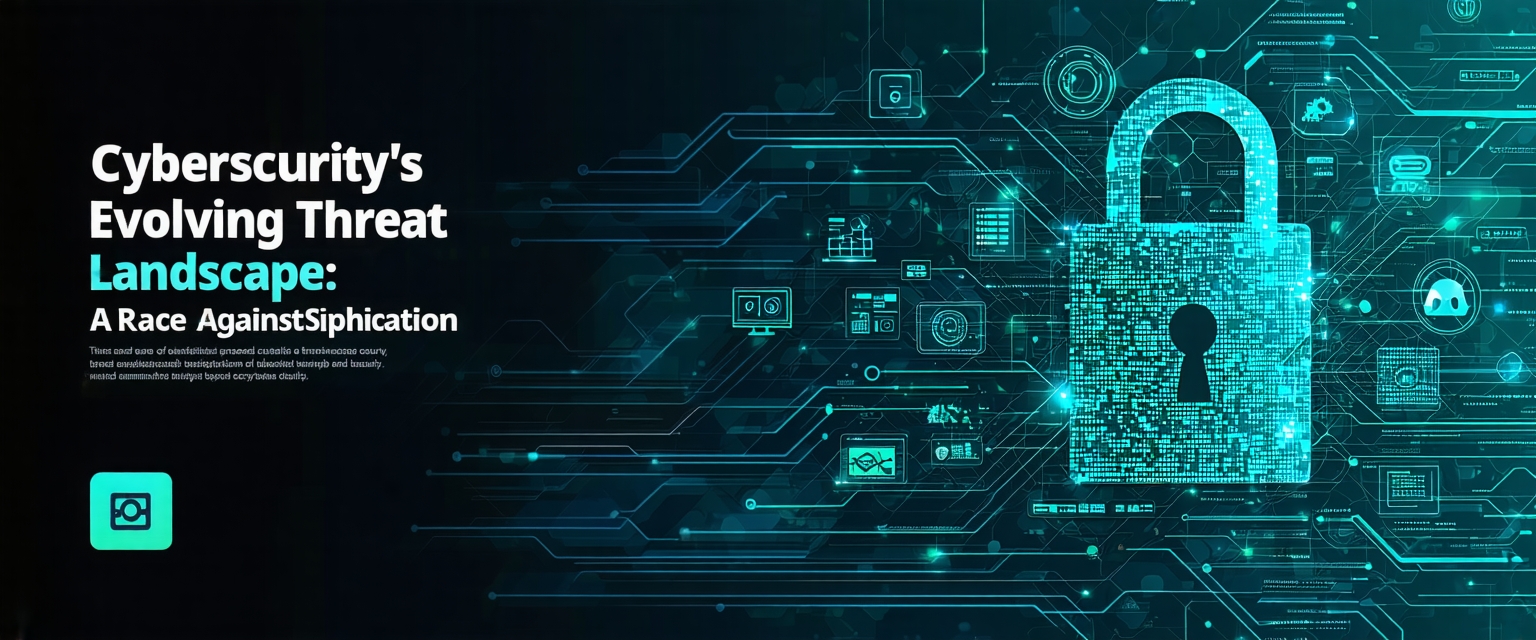






The digital age has ushered in unprecedented connectivity, transforming how we live, work, and interact. This interconnectedness, however, has also amplified vulnerabilities to cyberattacks, creating a complex and ever-evolving threat landscape. Understanding the current state of cybersecurity is critical for individuals, businesses, and governments alike.
The increasing reliance on digital infrastructure, coupled with the proliferation of internet-connected devices (IoT), has significantly expanded the attack surface for malicious actors. Early cyber threats were primarily focused on individual targets or simple data breaches. Now, sophisticated state-sponsored groups and organized crime syndicates employ advanced techniques, targeting critical infrastructure, financial institutions, and even national security.
The rise of ransomware, data breaches like the 2017 Equifax breach, and the increasing frequency of supply chain attacks have underscored the urgent need for improved cybersecurity measures. These events have highlighted the significant financial, reputational, and operational consequences of successful cyberattacks.
The cybersecurity landscape is constantly shifting. We are witnessing a rise in artificial intelligence (AI)-powered attacks, which can automate and scale malicious activities. Simultaneously, advancements in defensive technologies are emerging, leveraging AI for threat detection and response.
Quantum computing poses a significant long-term threat, potentially rendering current encryption methods obsolete. The development of quantum-resistant cryptography is therefore crucial, although it remains a complex and ongoing challenge. The increasing use of cloud services also introduces new security considerations, requiring robust cloud security architectures.
According to a recent report by Cybersecurity Ventures, global cybersecurity spending is projected to reach $345 billion by 2026. This reflects the growing awareness of the financial and reputational risks associated with cyberattacks. Furthermore, a study by IBM’s X-Force threat intelligence team highlighted an increase in the use of polymorphic malware, making detection and mitigation more challenging (Source: IBM X-Force).
Experts from the SANS Institute consistently emphasize the importance of a multi-layered security approach, combining technical safeguards with robust security policies and employee training (Source: SANS Institute). This holistic approach is seen as essential to effectively combat the evolving cyber threat landscape.
The future of cybersecurity presents both significant risks and exciting opportunities. The increasing sophistication of cyberattacks will require continuous innovation in defensive technologies, including advancements in AI, machine learning, and blockchain technologies. However, the skills gap in the cybersecurity workforce remains a major challenge.
Opportunities exist in the development of new security solutions, particularly those focused on AI-driven threat detection and response, cloud security, and quantum-resistant cryptography. Collaboration between governments, businesses, and researchers is crucial to addressing the evolving threat landscape effectively. Improved cybersecurity education and awareness are also paramount.
“`